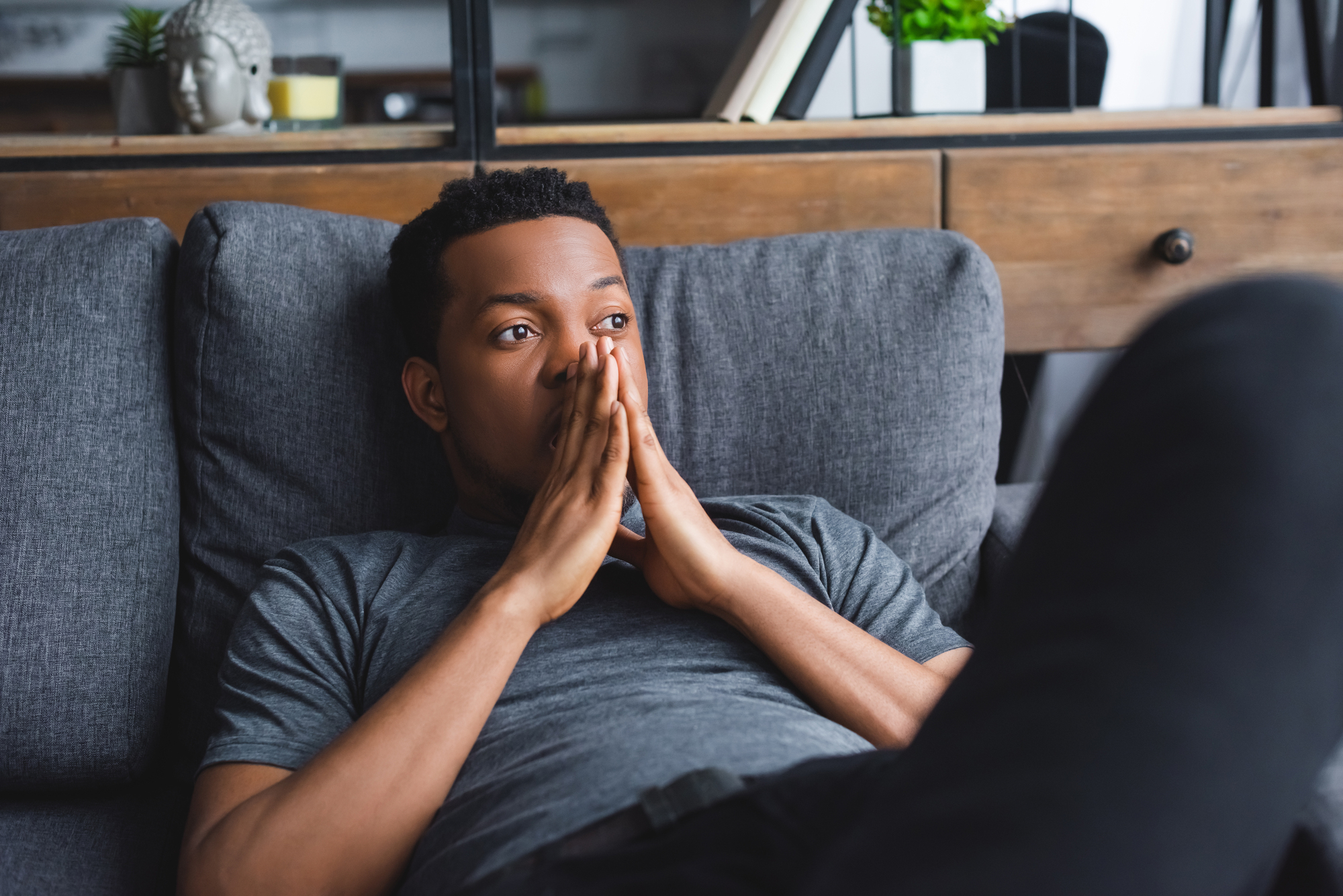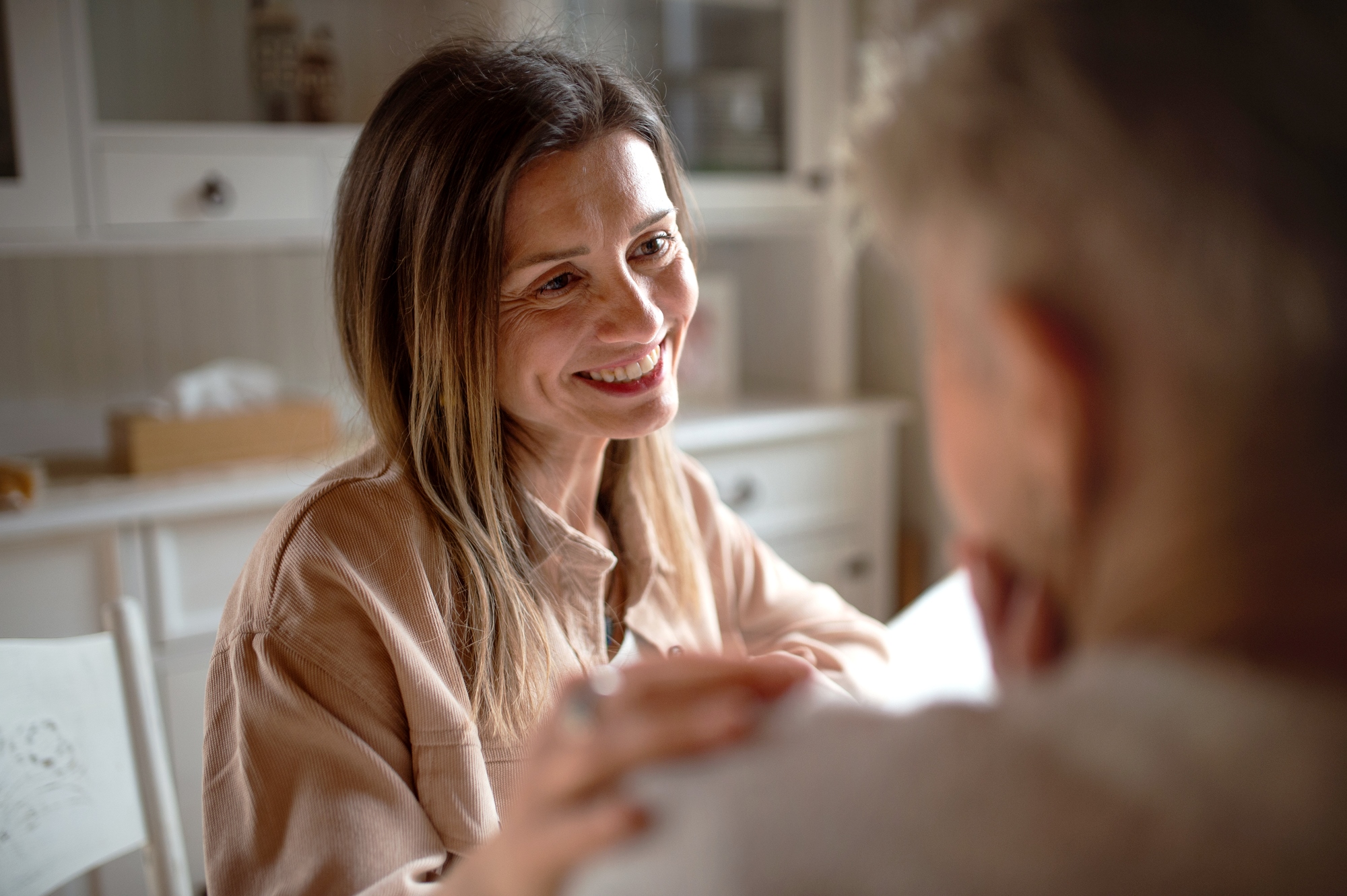What does it actually mean to be an introvert?

There are so many different traits that have been attached to introversion, and misunderstandings are rife. Here are 10 things that are true about introversion that a lot of people get wrong.
1. Introverts DO enjoy spending time with other people, but only when certain conditions are met.

The whole aversion to too much social interaction does kind of confirm that an introvert is particularly happy when spending time by themselves.
This doesn’t mean they are always found engaged in solitary activities, but it suggests that they prefer them…to an extent.
They can enjoy spending time with others, but typically for shorter periods of time, in small groups, or when discussing deep, existential topics.
2. Introverts are NOT shy.

Shyness is often thought of as interchangeable with introversion, but where introverts shun social situations to prevent overload, shy people do so because of a fear or anxiety they have about the negative judgment cast on them by others.
It is true that introverts are more likely than extroverts to be shy, but it cannot be said that all introverts are shy.
So there is a correlation, but no causation.
3. Introverts are NOT antisocial.

Just because they sometimes find group activities more stressful, it doesn’t follow that all introverts are maladjusted, antisocial hermits.
It is just that introverts enjoy a different kind of socializing to extroverts; they aren’t so much into large gatherings full of unknown people, and are more likely to arrange intimate events in a quieter location like their house or a cozy corner of a coffee shop.
4. Introverts are daydreamers.

Thanks to the rewards they receive when looking inwards rather than outwards, they are very likely to enjoy getting lost in their heads.
Again, it’s not to say that extroverts don’t ever daydream, but you will catch an introvert at it far more frequently.
5. Introverts hate small talk, but they can do it.

A little bit of small talk is fairly typical even for introverts, but they like to quickly dispense with pleasantries and get into a serious conversation.
They don’t find it nearly as rewarding to indulge in gossip or the biographical accounts of your life; they just don’t find it as interesting.
6. Introverts have analytical minds.

The thickness of certain areas of gray matter discussed above suggests that introverts like to think carefully about things.
Another way to put this is that they like to analyze a topic, issue, or challenge from every conceivable angle over and over before deciding on the best course of action.
They tend not to act spontaneously but prefer to contemplate their options before making their move.
7. Introverts are overthinkers.

The same thing that makes them analytical also makes them prone to bouts of overthinking.
An introvert’s mind may dwell on a certain train of thought for many hours, to the point where it actually becomes a problem in itself.
For the most part, looking inwards like this gives them some reward from the chemical acetylcholine, but even its effect wanes eventually.
8. Introverts prefer written communication over verbal.

Yes, it is very often the case that introverts will prefer to send an email, text, or even a good old fashioned letter rather than pick up the phone or meet with someone in person.
This allows them to avoid social interaction and remain cocooned in the bubble their minds create.
9. Introverts are NOT highly sensitive to the people and energy around them.

While it is true that many empaths and highly sensitive people are introverts, the converse is not necessarily true.
It is quite possible for an introvert to have low levels of empathy and low sensitivity to their surroundings.
The confusion occurs because introverts find large social gatherings rather stressful.
However, this is not because they are sensing the emotions of other people, but because, as we have seen, they become overstimulated by the dopamine hit in such situations.
10. Introverts do like having friends, but they prefer to keep a small, close group of them.

Because of their penchant for more intimate gatherings, introverts will tend to have fewer friends in total.
They simply don’t care to keep casual acquaintances because these are less conducive to the type of activity that introverts enjoy.
Having to maintain lots of more distant relationships would eat up the alone time that introverts are so fond of, so they keep friendship group tight and few.
Now, the true and false statements above aren’t intended to apply to every introvert all of the time, but rather look at how the vast majority of introverts act and think.
There will always be exceptions to any rule and it is no different here.








